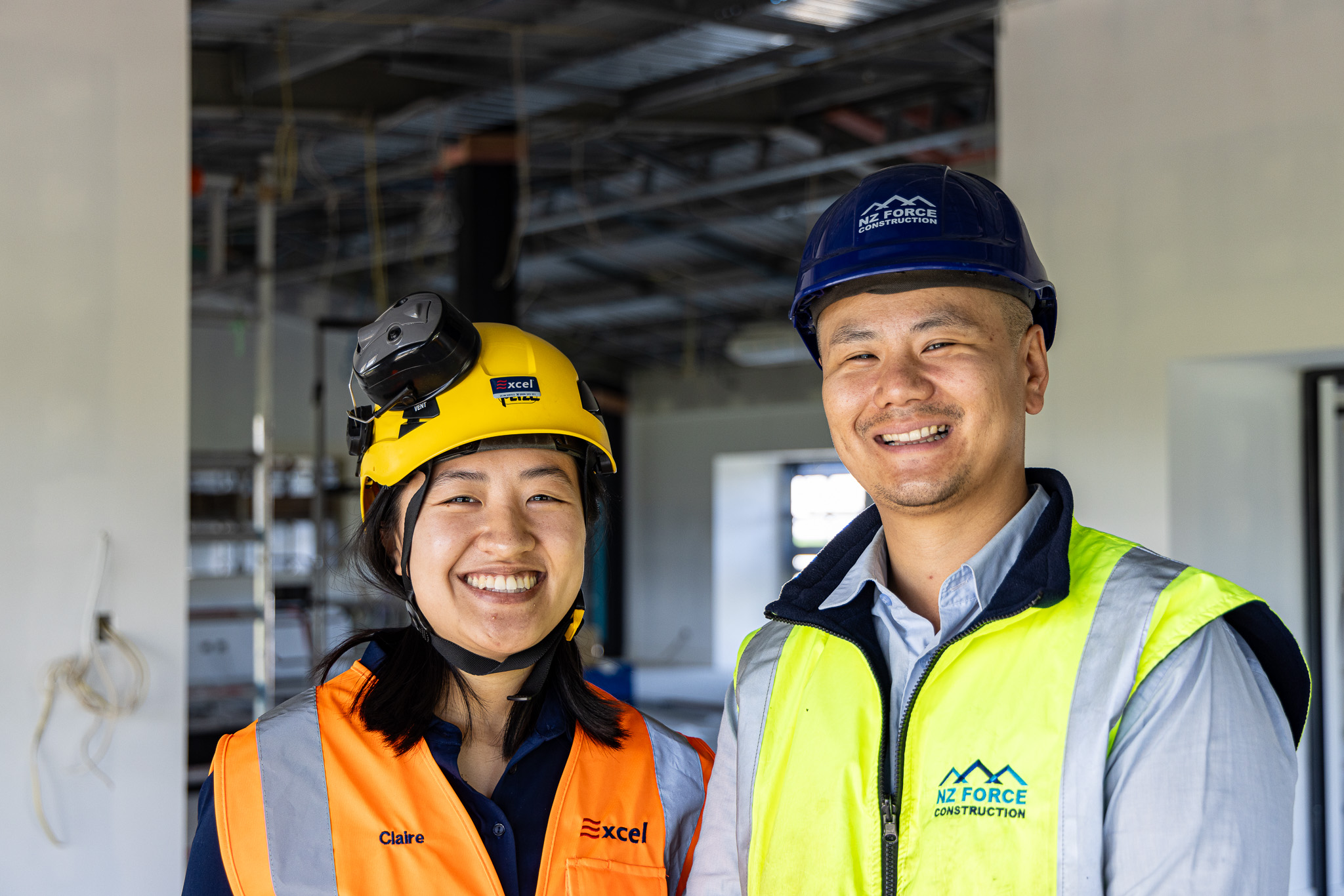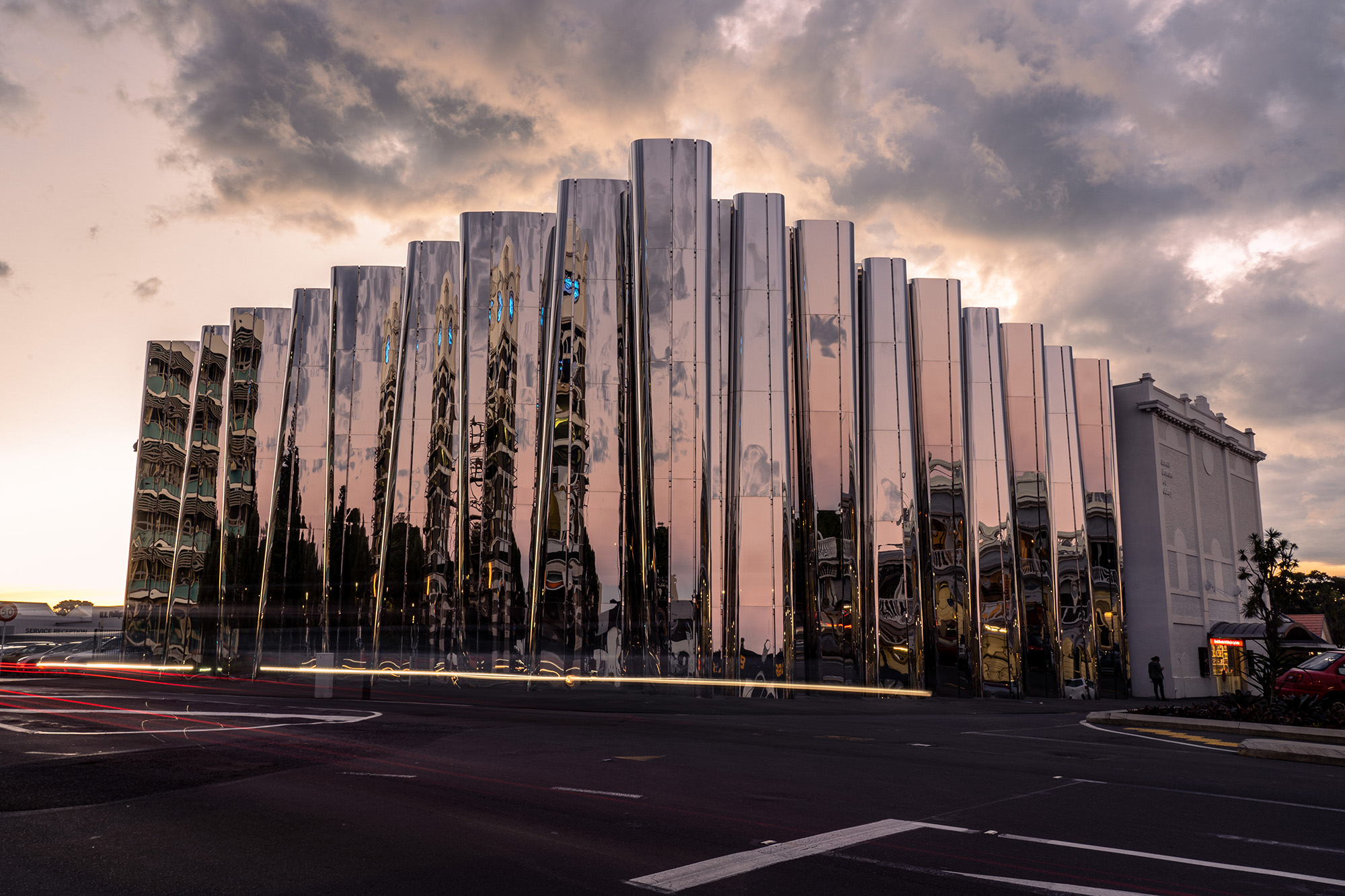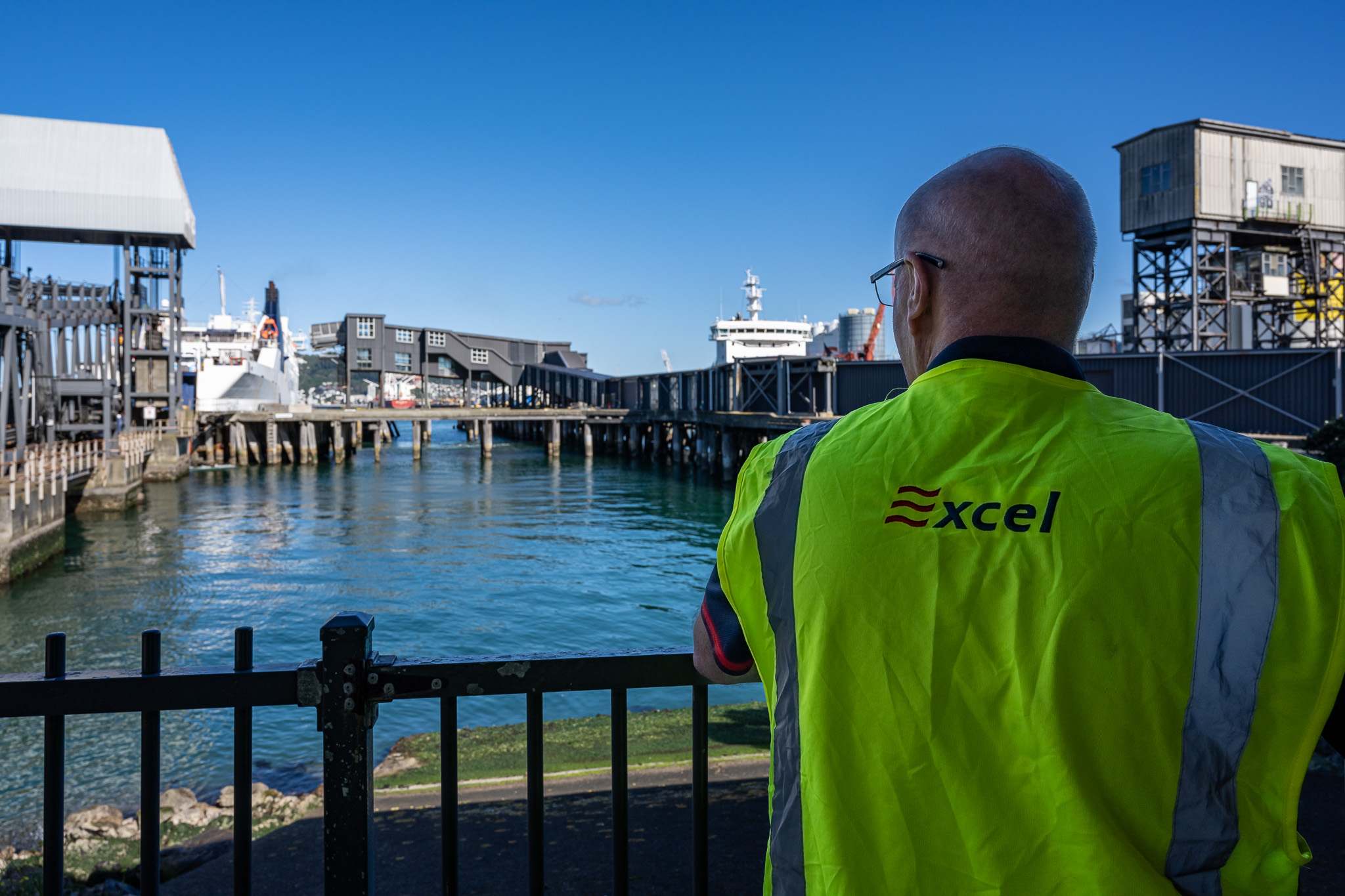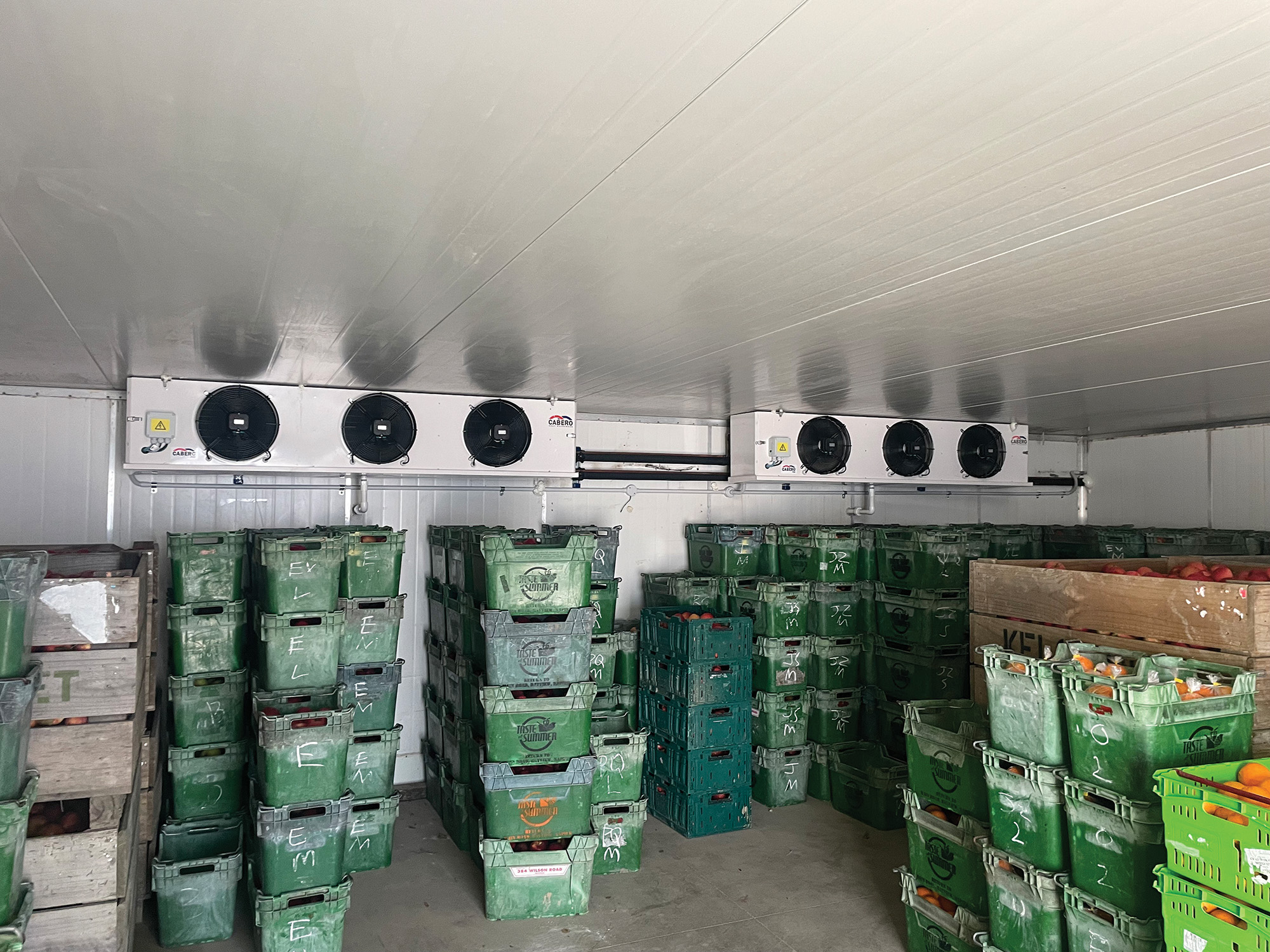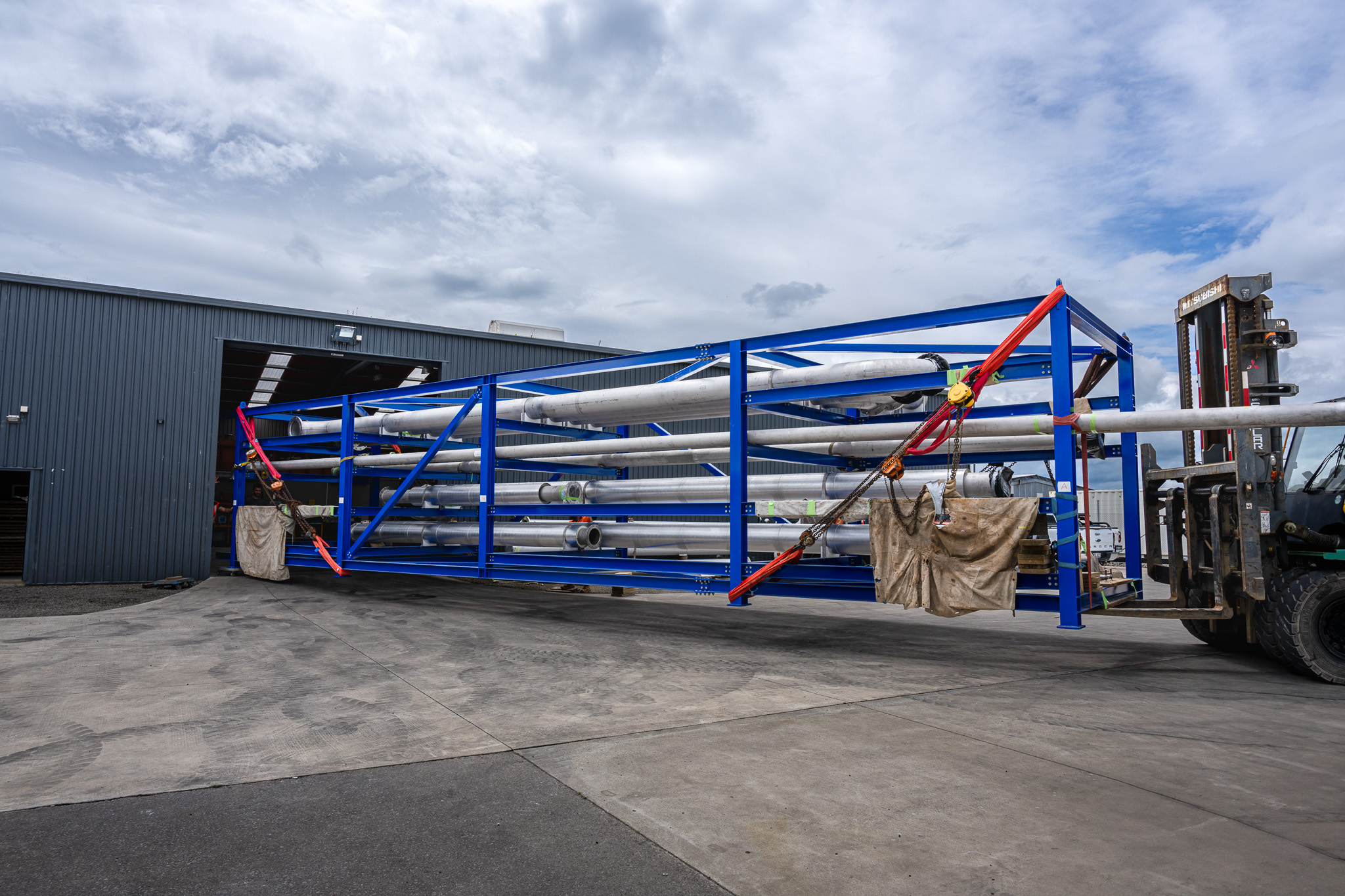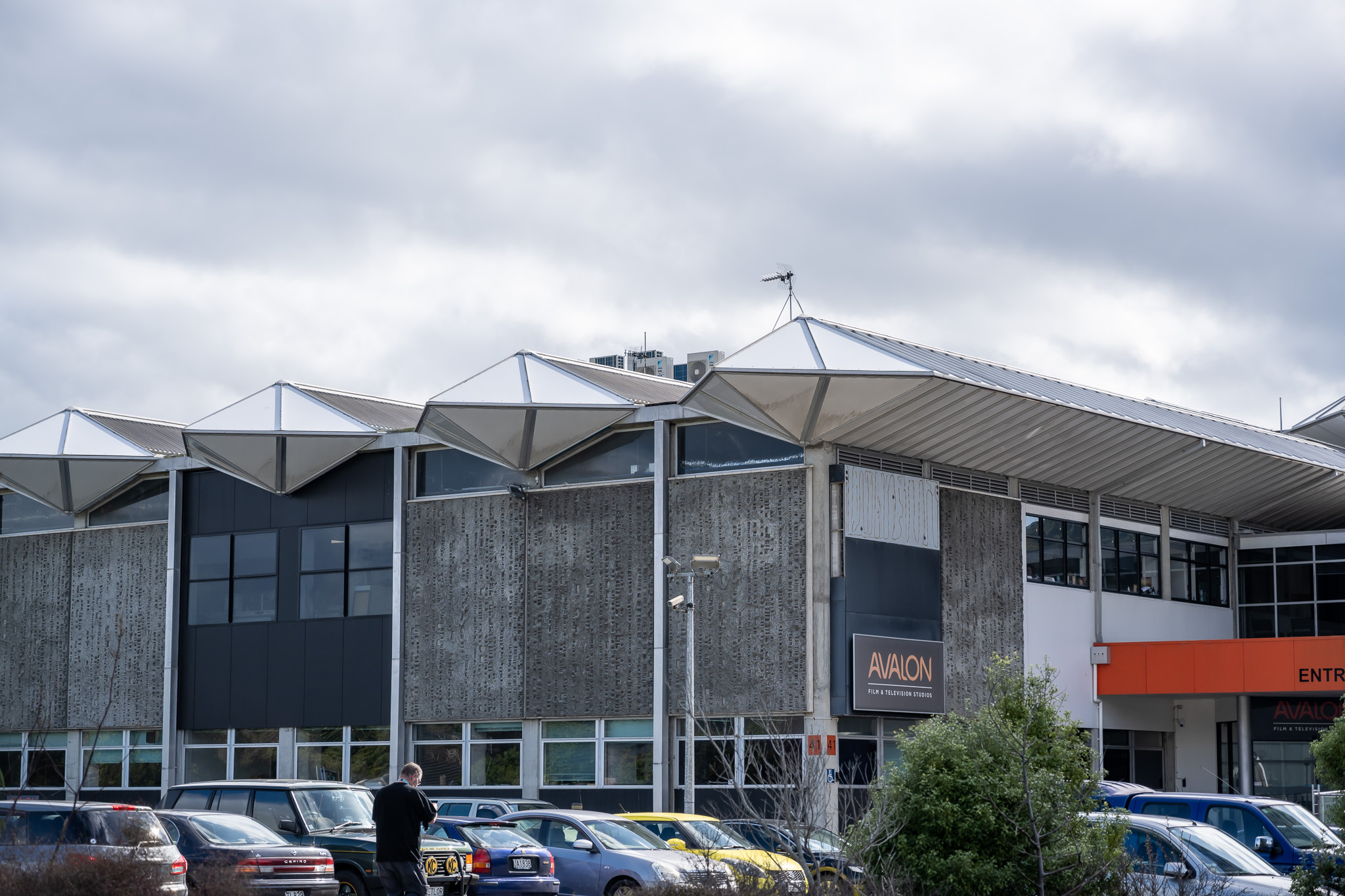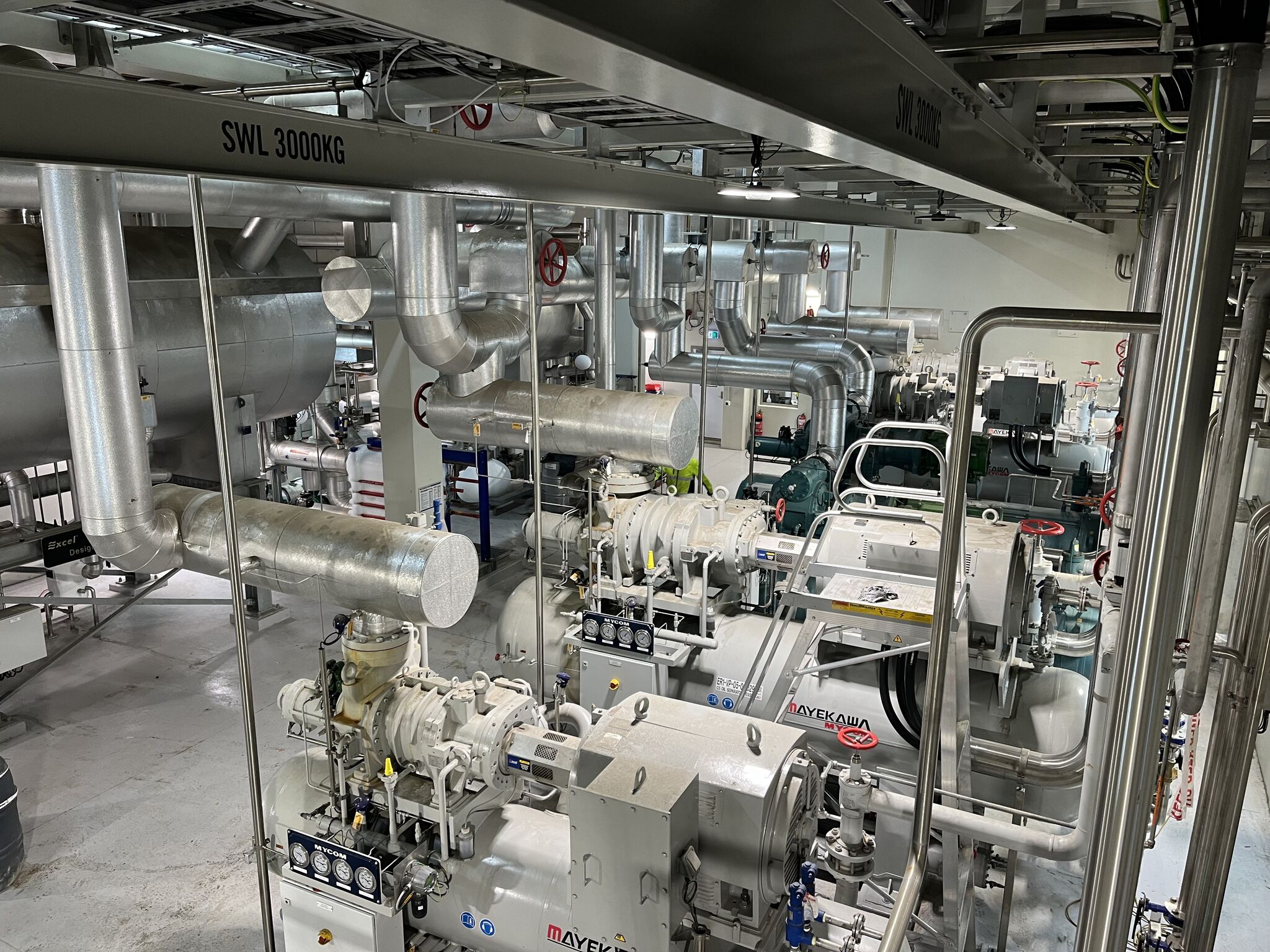- Commercial Refrigeration, Wellington
KEEPING CLIMATE RESEARCH CONSISTENTLY COOL
Decades old Antarctic ice core samples are central to GNS Science’s climate change research.
Stored at the National Isotopes Centre in Wellington, the samples need to be kept at a stable temperature of -35˚C, only being raised to -19˚C and -5˚C when researchers are actively testing the samples.
Excel Refrigeration Wellington are the contractors tasked with keeping GNS’ plant cold and that research safe.
“When you bring an ice core back from the field in particular we need to keep the ice below -20˚C. Above -20˚C the properties of the ice start being affected and that can really hinder our ability to obtain a climate record from the ice itself,” Dr Katelyn Johnson, GNS Paleoclimate scientist explains.
“Currently we’re using ice that has been melted and we analyse the little tiny particulates in it, such as sodium chloride, potassium, calcium. All those different ions help us understand how climate has changed in the past.”
The main ice core is from Roosevelt Island, in the Ross Ice Shelf Region.
“Understanding how climate has changed in this area is very important not only for New Zealand but for the world. This core is taken from an area where there aren’t many records so it fills a critical gap in our understanding.” It also helps scientists understand how Antarctic changes may impact global systems in the future.
Weather, electrical and equipment faults all shut down plant function from time to time. When that happens, Excel responds with urgency regardless of the time of day or the conditions. A clock is started to monitor critical response timeframes and to ensure core temperature of the ice is kept stable.
Katelyn says that the timeframe can feel quite short. “We have about 24 hours before we need to decide whether or not we move the ice somewhere else just because that critical temperature at -20˚C is when it begins affecting the records.”
Compromising the core samples is not an option – the excavation of this ice occurred in 2014 and it took teams several months in the cold lab to cut, clean, bag and prepare for processing before research even began. Scientists already have about nine years of data from the ice shelf and will continue to work with it for years to come.
“It’s a critical plant,” says Brian McCawe, Excel Wellington Managing Director. “It’s cost millions of dollars to get the ice out of the ice shelf and here to this facility… it’s ensuring that (the ice) is kept at temperature otherwise all the molecules are lost.”



